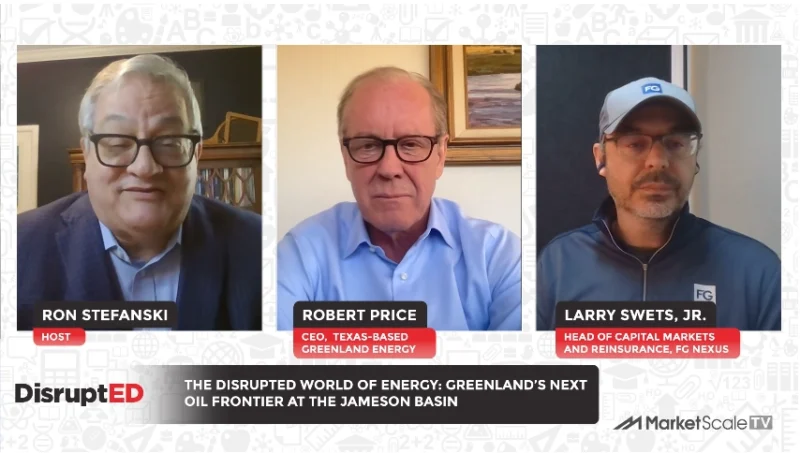Bringing Clarity To SMOG Reporting
Dave Loucks, Principal with Opportune LLP’s Complex Financial Reporting practice based in Denver, joined E2B host Daniel Litwin to discuss what the Standardized Measure of Oil and Gas (SMOG) is and why its reports and calculations are essential to the oil and gas industry.
SMOG reporting provides a comparable measure of the value of an oil and gas company’s proved reserves (also a primary driver of company valuation) as required by the U.S. Securities and Exchange Commission (SEC) for annual reporting. The SMOG requires companies to use a common set of assumptions to value the future cash flows from their proven reserves, including an average price from the previous year. The SMOG differs from the present value at a 10% discount rate (PV10) because the SMOG includes net income taxes.
Public oil and gas companies are required to perform SMOG reports to the SEC. But Loucks said private oil and gas companies will also use them for debt transactions, merging with SPAC transactions, and/or when selling to a public company. In 2021, Loucks and his team performed 110 SMOG calculations compared to between 40 and 60 he and his team typically perform each year.
Companies benefit from outsourcing their SMOG calculations and reports to experienced energy advisors like Opportune because they are often difficult to manage, according to Loucks.
“Creating a SMOG workbook is hard. There aren’t any really easy models to follow from the literature to be able to just sit down and create a workbook from this,” Loucks explains.
Another benefit of outsourcing SMOG is to have an advisor ensure that the numbers and calculations correctly add up. Loucks notes that many in the energy industry are still utilizing spreadsheets that were created in the 1980s, but he says that needs to change.
“The price volatility has made us go back and get a lot more data from the reserve engineers and spend a lot more time with them to understand this is what the data is saying…this is what they’re trying to tell with the reserve changes year over year,” Loucks says.
Looking forward into 2022, factors like inflation will need to be considered in SMOG calculations, as well as strengthening energy commodities across the board as economies recover from the COVID pandemic.
“I think most companies will see an increase due to inflation on the LOE [lease operating expenses] and the capital side,” Loucks notes. “As the price of oil and natural gas goes up, we normally see the associated service costs go up as well. We do see some companies that are still working the cost side hard, but that will see decreases.”
For more information on this and other topics, subscribe to Opportune’s E2B: Energy to Business podcast on Spotify or Apple iTunes or visit www.opportune.com.








